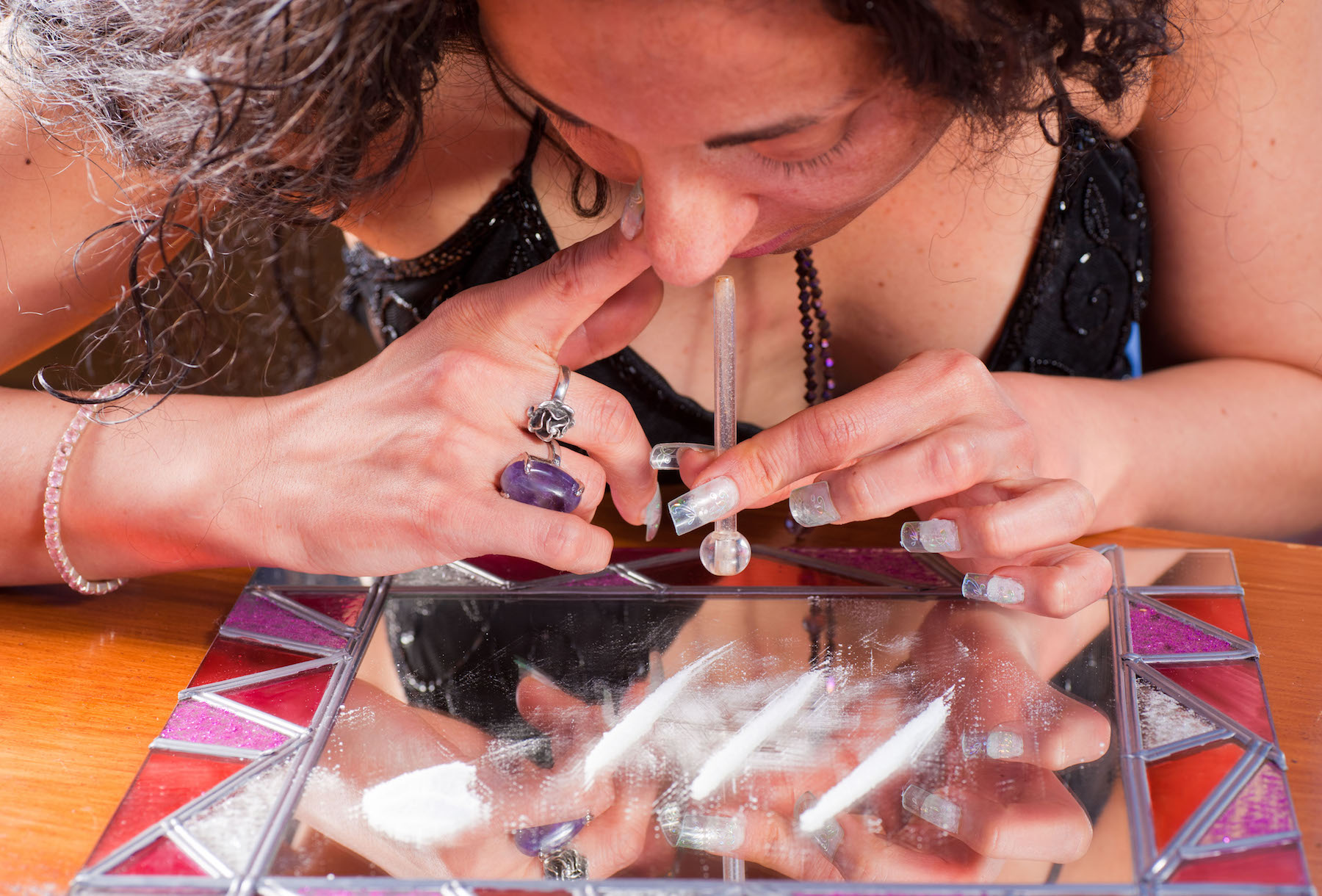Blaming Middle Class Coke Users for Street Murders Is PR Nonsense
Over the last few months, the seemingly woke line that middle class cocaine users are to blame for the spate of teenage street killings in London has been looping on some weird kind of auto-repeat, especially with the news that cocaine use has gone up.
This summer, it’s the de rigueur pearl of wisdom to be parroted if you have anything to do with law and order. Justice Secretary David Gauke; Scotland Yard chief, Cressida Dick; Simon Kempton, the head of the Police Federation; London Mayor Sadiq Khan; and David Lammy, MP for Tottenham, have all said it. Tory MP Sarah Wollaston asked recreational drug users “whether they are proud of their own role in fuelling gang violence and dead teenagers”.
There is no doubt that people who buy cocaine need to be aware of the carnage the trade brings to Latin America and Mexico (even if much of this would be alleviated by the end of prohibition). Thing is, Wollaston’s question isn’t really one they need to ask themselves.
However much those reciting the line would like everyone to know how much they care for inner city kids and despise middle class people getting high on non-state sponsored drugs, the problem is not only that this spiel diverts us from the real cause of why so many young people are dying on the capital’s streets, but that it is riddled with misconceptions.

First of all, in London, very few street killings involving young people occurred directly because of the drug trade. Many of them may have sold weed, crack or heroin for a living, but drug disputes were rarely the spark. Looking at court cases in 2017, which is when this spate of murders began, most killings were caused – as I pointed out in April – by a mix of petty social media beefs, trivial revenge attacks and postcode rivalries. These were not Bronx or Baltimore-style gangland executions over drug turf. Police might be called the Feds, but London is not The Wire.
Even if these killings were all drug-related, the equation is disingenuous because it ignores the huge distinctions between the worlds of powder cocaine and crack cocaine. They come from the same smuggled batches, but when some of the cocaine is washed up into crack, the two products go to very different ends of the market – something that seems to have caused some confusion, certainly among journalists. Crack is synonymous with the street trade in heroin, where the two substances are sold as a pair, “brown and white”, often straight out of the seller’s arse into the buyer’s hand.
This trade is predominantly fuelled by Britain’s most desperately addicted underclasses, and its sales team in London is made up mostly of socially-excluded black teenagers. It’s a highly damaging business, both for the health of the users and the young street sellers, who usually wind up exploited, beaten and incarcerated. If anything, drug trade violence in the UK is now occurring out of the main cities, as rival firms compete for fresh turf in satellite towns. Meanwhile, the trade in powder cocaine is conducted almost as if it was a legal product, in bars, pubs and clubs, even door to door.
If everyone stopped snorting cocaine in London, the street crack and heroin trade would likely carry on regardless, because it generates enough cash to warrant the importation of huge amounts of cocaine independently of the snorting trade. The Home Office has estimated that around half the profits of the entire British drug trade are made from selling crack and heroin, because customers keep on coming back for more.
There is another glitch. This idea of middle class dinner party types railing a couple of lines after their lemon possets is a tired 1980s trope. If the people promoting it think it’s news, how can they be trusted to speak about the complex issue of London street killings?
Yes, in the 1980s taking cocaine was too expensive for the average punter. It was a drug for the privileged, the famous and the mates of those former armed robbers who had run off to Spain and started smuggling it. But, for two decades, cocaine’s price has been falling, and it’s now more likely to be used in the Dog and Duck or a university bar than at some artsy dinner party in Hampstead. If the spokespeople of British law enforcement want to harass anyone for keeping the coke trade flush, blame young people, pub-going 9-5ers and homeless speed-ballers, not Nigella Lawson. Of course, blaming plasterers for having an after work line in the pub probably isn’t going to play too well.
Forget the ignorance for one moment; the reason that parroting this tenuous link between middle class coke snorters and street violence is so damaging is that it deliberately obscures the real driver of these tragic killings: inequality, austerity and prejudice; of children being kicked out of school and left to fend for themselves on the streets; where victims and perpetrators come from the same claustrophobic communities in which opportunities are scarce and where life is so tough and blinkered that small disputes swiftly escalate into deadly bloodshed.
Yes, cocaine users are complicit in the drug trade. But pointing the finger at cocaine snorters, whoever they may be, as the people to blame for the rise in bloodshed of young people on London’s streets has a whiff of negligence to me. If Sadiq Khan and the rest really want to prevent more street killings, maybe it’s time to get to the root cause by helping London’s most vulnerable young people, rather than trying to score kudos points in some nonsensical game of PR.
This article originally appeared on VICE UK.